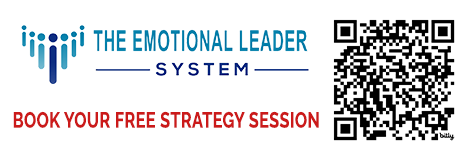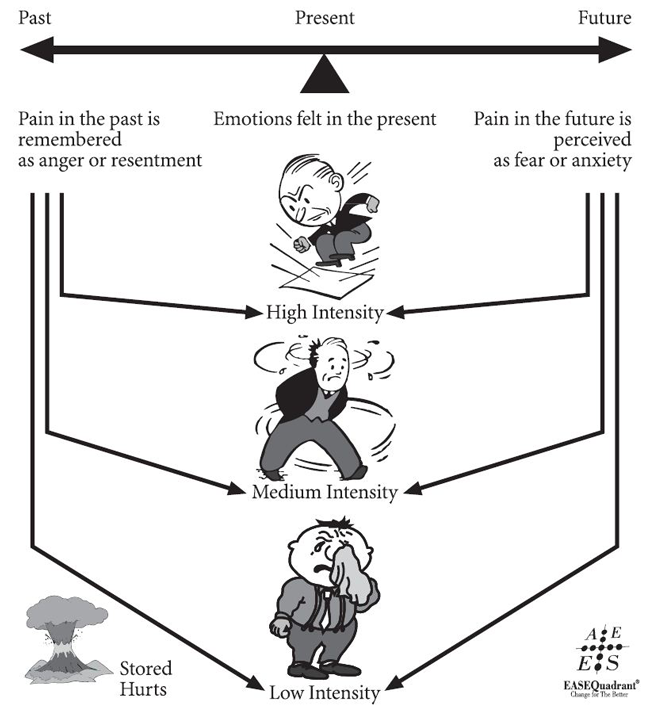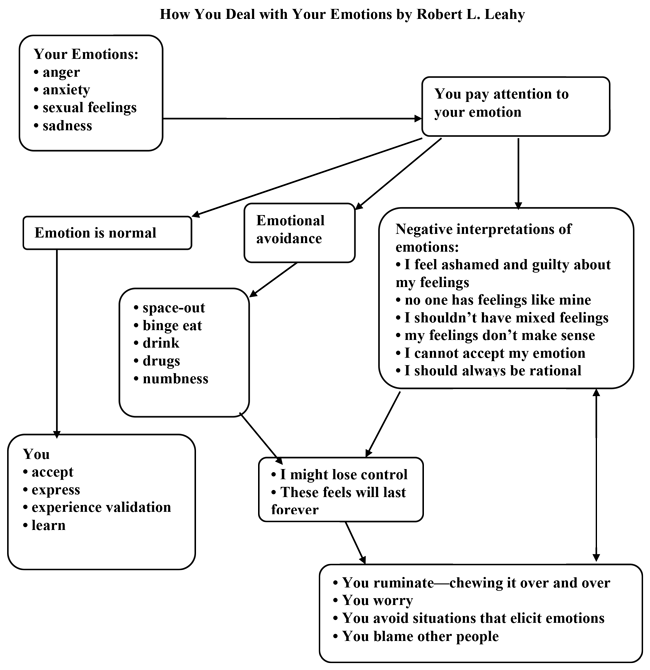This guest post is by Dr. Marshall Goldsmith of Leading News.
In the past I’ve talked about the value of optimism in life and at work, how the two intersect, and different challenges that crop up to sway even the most confident and consistent optimists. I examined a high-ranking executive who’d had some setbacks, but was able to get over them, excel further than another, shall we say, crabbier personality, and create significant value for his organization and workforce.
What’s interesting about this is that many of us are already irrepressible optimists, at least when the subject is ourselves. Psychologists call this “optimism bias,” and it’s one of the more well-researched concepts in behavioral economics. When people judge their chances of experiencing a good outcome — landing a big account, getting promoted, having a successful marriage, making a good financial investment — they estimate their odds to be better than average. When they consider the chances of something bad happening — losing a big account, getting fired, getting divorced — they assume odds lower than what they estimate for others.
Optimism bias inflates our self-confidence. It is the reason 90 percent of drivers think they’re above average behind the wheel of a car. It’s why some years ago when my two partners and I estimated our individual contributions to our partnership, the total came to more than 150 percent. It’s why almost all newlyweds believe there is zero chance their marriage will end in divorce, even when they know 50 percent of marriages self-destruct. This is true even for the newly remarried, who have already been divorced. It’s the reason most smokers, despite the surgeon general’s warning on every pack of cigarettes, believe they are less likely to die of lung cancer than most nonsmokers. Their optimism extends to believing they are better than others at cheating death. It’s the reason new restaurants in big cities continue to open, despite well-documented failure rates as high as 90 percent. Restaurateurs know the numbers, but they do not think they apply to them.
Successful people also tend to be optimists. That’s a good thing too. Without it, people wouldn’t get married, or plunge their life savings into a start-up business, or devote 10 years of research to developing a cancer drug. A society that doesn’t take risks based on optimism is doomed.
But something happens to our optimism when we stop evaluating ourselves and begin evaluating our peers’ chances of succeeding. We’re not as optimistic when we take ourselves out of the equation. In fact, we can become pessimists and cynics. As evidence, gauge your level of optimism when you present one of your cherished ideas in a meeting. It should be high, or how else would you have the courage to air the idea in public? Compare that to your level of optimism when an arch-rival presents his or her best idea in the same meeting. It’s probably not as high.
You may greet the idea with skepticism, perhaps cynicism. You’ll compare its value to your idea and find it wanting. Part of this is predictable envy and competitiveness; we don’t mind a rival succeeding, but not more than us or at our expense. Part of it is the difficulty in being optimistic about someone else’s abilities where we have no control over the outcome. But much of it is simply our failure to be generous in extending our optimism to others. That’s the downside of optimism bias. We may see everything that could go wrong with the other person’s idea while remaining blind to what could go wrong with ours. It’s not a quality that we should hang on to.
If we can take the positive spirit inside us toward what we are doing now and extend it to what other people are doing — in other words, make our optimism contagious — then each of us has a better chance of becoming a person who can rise from a setback that might crumble others, a manager who doesn’t yield to the standard cynicism and negativity, and a leader whom others will follow.
Join Marshall and other speakers at the World Business and Executive Coach Summit 2013 >>
~~~~~~~~~~~~~~~~~~~~
 Dr. Marshall Goldsmith was recently recognized as the #1 leadership thinker in the world and the #7 business thinker in the world at the bi-annual Thinkers 50 ceremony sponsored by the Harvard Business Review. He is the million-selling author or editor of 31 books, including the New York Times and Wall Street Journal bestsellers, MOJO and What Got You Here Won’t Get You There – a WSJ #1 business book and winner of the Harold Longman Award for Business Book of the Year. His books have been translated into 28 languages and become bestsellers in eight countries.
Dr. Marshall Goldsmith was recently recognized as the #1 leadership thinker in the world and the #7 business thinker in the world at the bi-annual Thinkers 50 ceremony sponsored by the Harvard Business Review. He is the million-selling author or editor of 31 books, including the New York Times and Wall Street Journal bestsellers, MOJO and What Got You Here Won’t Get You There – a WSJ #1 business book and winner of the Harold Longman Award for Business Book of the Year. His books have been translated into 28 languages and become bestsellers in eight countries.
Originally published in Talent Management


